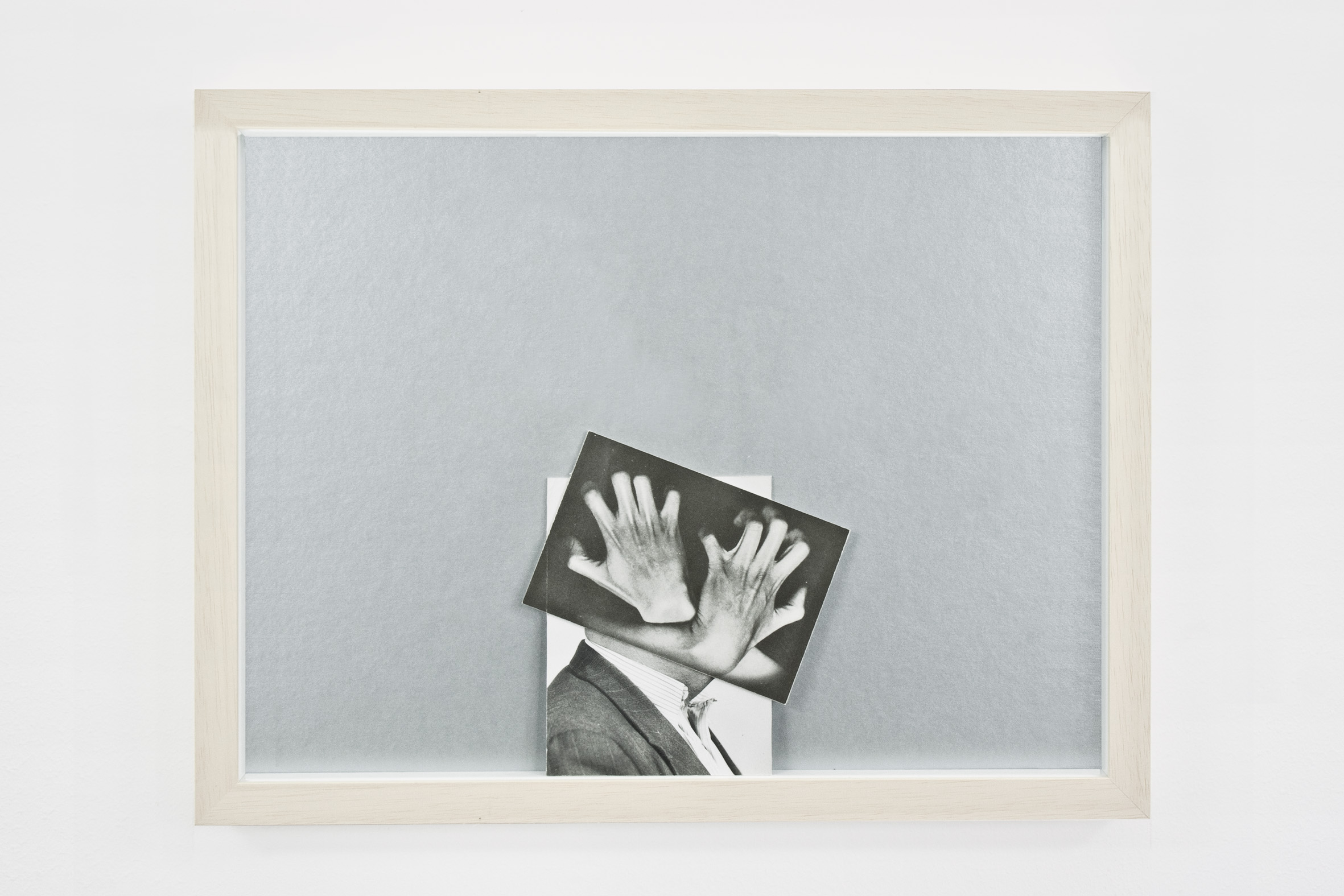… LIKE A PHANTOM LIMB …
In the 1880s Alphonse Bertillon, an anthropologist and chief of the Paris Police, defined the rules of an aesthetic for presenting criminals in terms of iconography. His system for recording typical characteristics included the verbal description of specific features and the measurement of certain body parts as well as a photographic image produced according to rigid prescriptions, and it was broken down into four stages. Bertillon’s method found applications in ethnology, anthropology and medicine. By means of the so-called “Bertillonage” individual differences were nullified and collapsed into stereotypes: the image of your body was expected to show who you are. According to ideas of the time it determined not only your membership in a group but also permitted conclu-sions to be drawn about qualities of character and intelligence. At the historical beginning of pho-tography an untroubled belief in the truthfulness of the photographic image went hand-in-hand with an extensive production of photographs of the “other” (however defined). The photographic image became evidence for an academic doctrine that focused its attention on deviations from the norm: a norm built up on classical middle-class ideals. In the context of academic evaluation a pho-tograph was not uncommonly the defining factor for social stigmatization.
All of this forms the background to the work of Bernhard Hosa, whose œuvre manifests itself in large-scale installations, objects and photo montages. Hosa’s interest is in the analytical, systema-tizing and classifying gaze, which scholarship applies to the human individual, as well as the associated mechanisms of social processes of inclusion and exclusion. This can be seen specifically, for example, in the twelve-part series Auf der Suche nach dem richtigen Bild (in search of the correct image, 2011–12). Beginning with a photographic reproduction of photos of wanted persons (mugshots), mainly from historical, literary sources, Hosa parodies Bertillon’s method and in doing so sets up this type of image for critical discussion. For this purpose, the artist photographed full-frontal and profile views of criminals, typical of mugshots, from books, enlarged them and elimi-nated all the features that identify a face by folding them at appropriate places. One sees frag-ments of human forms, heads without eyes, nose and mouth. One looks at faces without features, at monstrous-seeming shapes, pieced together from details of a former whole, which was probably able to cause only half as much unease as Hosa’s works now do with their individual image com-ponents meticulously attached to each other. The surfaces of the images cross over each other like scars, enhancing the impression of the corporeal, the haptic and the vulnerable.
Bernhard Hosa’s strategy of reproducing, dissecting and combining has its roots in the artist’s doubts about the traditional forms of representation and in the need to cast a critical light on un-yielding systems. His research is always based on written and illustrative documents describing such institutions as prisons, hospitals and psychiatric units—in other words domains that stand for disciplining individuals mentally and physically. Inevitably the human body moves into the focal point of his creations: perhaps as a phantom body that seems to be written into the artist’s expansive architectural structures, perhaps as an object that looks organic, which the artist usually exhibits in combination with installations and photo montages.
Relevant to the latter are the two most recently produced series Physical Blur and In Place Of. In these the idea of the photographic image as a means for fixing identities is taken up again and un-dermined. While In Place Of replaces the face with the hands, in Physical Blur the artist takes an-other step towards abstraction: he has blended different views of head hair. The corporeal can now only be associated latently.
The dismembered, manipulated and disharmonious body—the art of modernism from Picasso to Bacon—is full of images taking that course. In relation to Hosa’s photo montages parallels to Sur-realism are obvious: The body in a photograph no longer represents the site where identity is cer-tified but rather a system of variables that can be exchanged and constantly re-combined. Or, as Hans Bellmer put it in 1934: in the collage or montage the body becomes an anagram, a chain of signs that can always be reformed or transformed afresh.
Text: Manisha Jothady
